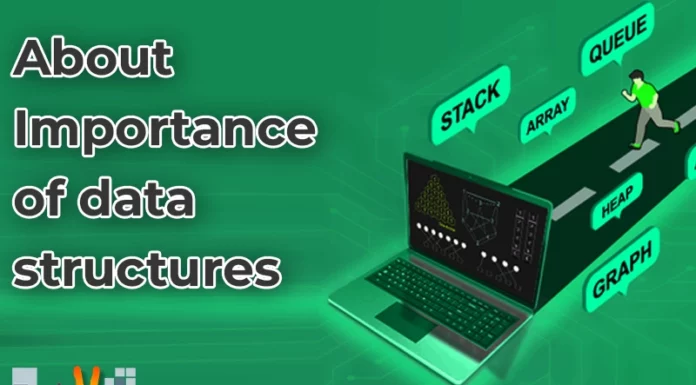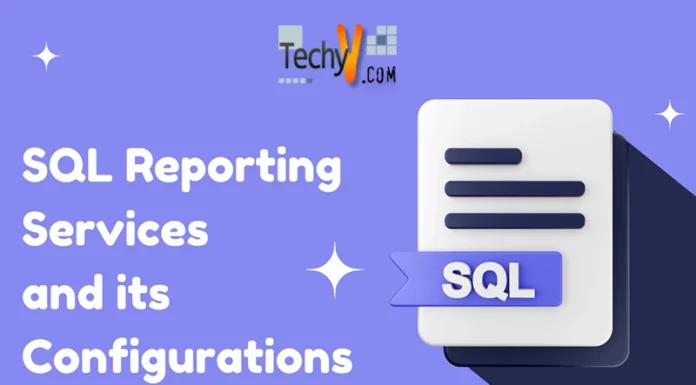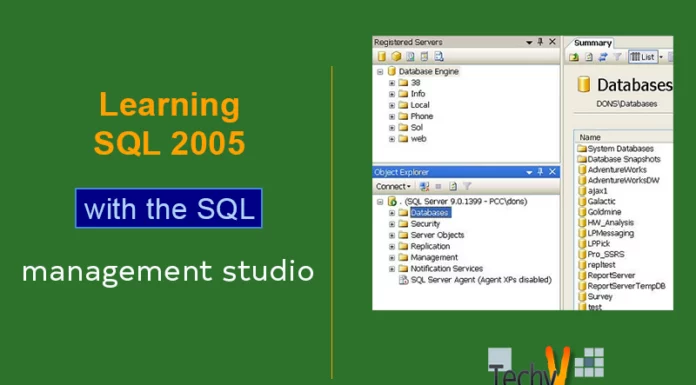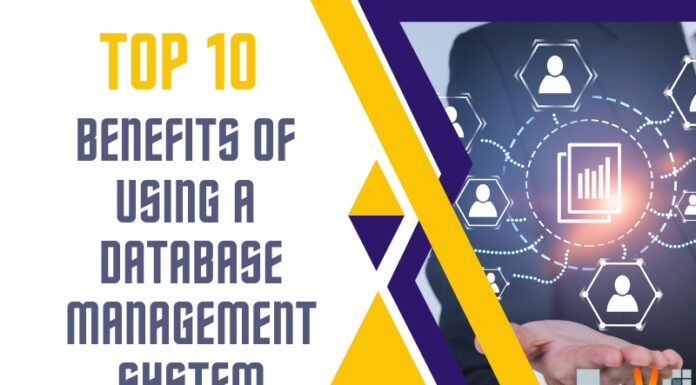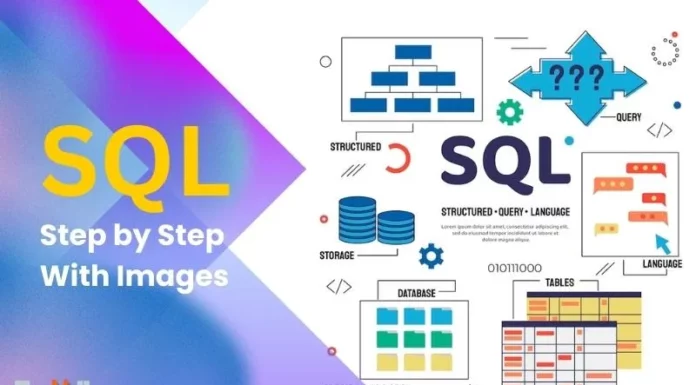SQL Server: From the Past to the Future
The SQL Server was originally a joint project between, Microsoft, Sybase, and Ashton-Tate. In 1995, they parted ways and version 6.0 was the first edition released without input from Sybase. From version 7 onwards, Microsoft has rewritten the code, so as not to have to credit Sybase any longer, and be able to drop the Sybase copyright notices; which previously had to be included as an indication of its origin.

SQL Server 7.0
This was the first version which was a total rewrite from the original Sybase code. First released in 1998, it was code-named, Sphinx. In 1999 a revision, code-named Plato, was released, which included OLAP tools.
OLAP, (online analytical processing), was a big development at that time. Databases configured for OLAP use aspects of navigational and hierarchical databases, which are faster than the old, traditional relational databases. This allows for faster execution of complex analytical and ad hoc queries.
SQL 2000
Launched a year later in 2000, SL 2000 was code-named, Shiloh. The main thing to differentiate this release was that it became the first version to be released with a variant for the IA-64 architecture.
The IA-64 architecture, which became known as the Intel Itanium Architecture, was intended to significantly outperform Intel’s well-established X86 architecture. It was marketed for use in Enterprise Servers. It would have been faster if released on time, but with the release delayed by about a year, it was actually about half the speed of the newly released Intel x96-Pentium 4. In 2003, a new version of SQL Server 2000, code-named Liberty, was released. The main change on this server was that it was a 64-bit software, instead of 32-bit.
SQL 2005
Released on time in 2005, this new version was code-named, Yukon. This edition introduced many important changes, including native support for XML data and XSD schemas. XML columns could be associated with XSD schemas, so that the XML data was verified against the schema when being stored. XML data was queried using XQUERY. One of the biggest introductions of this version was CLR (Common Language Runtime) integration. This allows you to write SQL code as managed code by the CLR. Some extensions to T-SQL were added, and a new XQUERY extension, called XML DML was also added. For the first time, the database could be accessed over web services using TDS packets. These packets were encapsulated within SOAP protocol requests.
Other major enhancements to SL 2005 included:
- T-SQL augmented with error handling and support for CTE
- New indexing algorithms
- Improved syntax
- Better error recovery systems
- Integration with .NET framework
- Introduction of MARS – Multiple Active Results Sets
- Introduction of DMV – Dynamic Management Views
- Introduction of Database Mirroring (supported from SP1 onward)
SQL 2008
Released in late 2008, this version introduced SQL Server Always On technology, with the aim of making data management “self-tuning, self organizing, and self maintaining.” This was to provide near-zero downtime.
The big changes to the technology included:
- Support for structured and semi-structured data, such as pictures, audio, video, and other multimedia files.
- Specialized date and time data types
- File stream data type – can be used to access any file stored on the system.
- Structured data about the file type is stored in the SL database, while the unstructured component of the file is stored on the normal file system.
- These unstructured and semi-structured files are accessible both via SQL using T-SQL, and via WIN32 file handling.
- Full Text Search functionality integrated into the database engine to simplify management and improve performance.
- Two types of spatial data stored, with approximately 70 methods available to represent spatial operations.
- Better compression features for improved scalability.
- Compressed backups.
- Filtered Indexes
- Resource Governor
- Transparent Encryption of Data (TDE)
- ADO.NET Entity Framework support
- Charting capabilities for SQL Reporting Services
- Declarative Management Framework
- Server and all running instances can be managed from Windows PowerShell.
At launch, Paul Flessner, senior Vice President, Server Applications, Microsoft Corp., said, “SQL Server 2008 can be a data storage backend for different varieties of data: XML, email, time/calendar, file, document, spatial, etc. as well as perform search query, analysis, sharing, and synchronization across all data types.”
SQL 2008 R2
SQL Server 2008 R2, formerly code-named Kilimanjaro, was announced at TechEd 2009, and was released to be manufactured on April 21, 2010.
The features added in this release include:
- Master Data Services – a master data management system which is a central management system of master data entities and hierarchies.
- Multi Server Management – a central console to manage multiple instances of SQL and relational databases.
- PowerPivot for Excel
- Stream Insight
- ReportBuilder 3.0
- Add-in for SharePoint
- Utility Control Point




